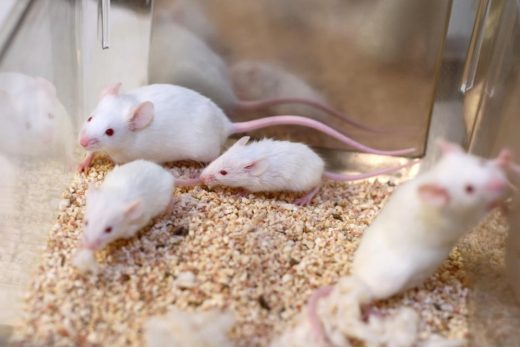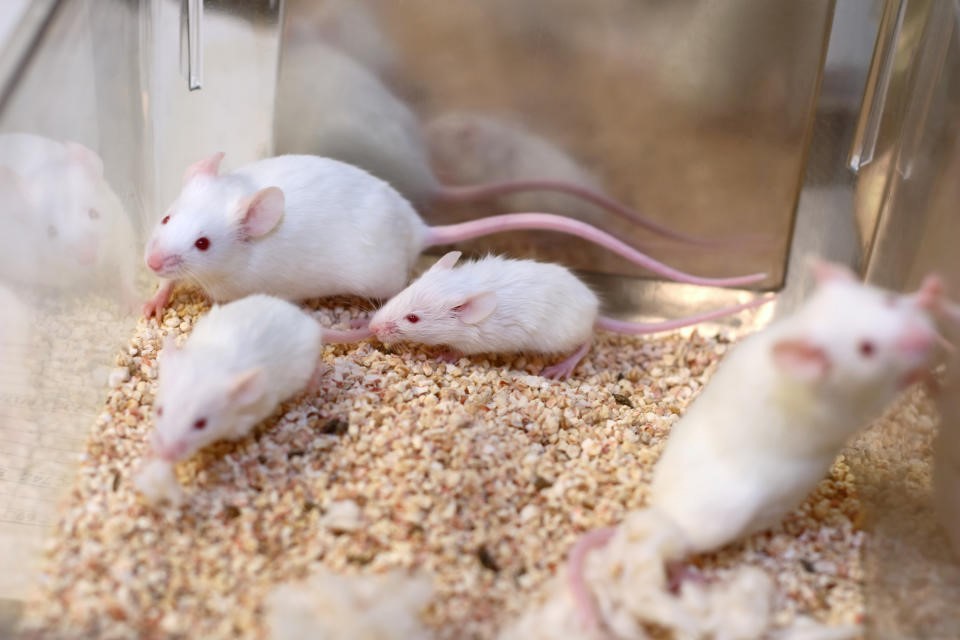The EPA scraps plan that would have had it ban mammal testing in favor of computer models
The EPA scraps plan that would have had it ban mammal testing in favor of computer models
The move means animal testing will remain the gold standard for researchers.
The Environmental Protection Agency has scrapped a plan to phase out mammal testing for studying chemical toxicity, Science reports. In 2019, the regulatory agency vowed to completely phase out animal testing for toxicology studies by 2035 in favor of non-animal “test subjects” programmed into computer models.
The call to challenge the status quo was controversial from the start — it not only was going to impact thousands of studies and experiments, but many scientists argued that computer models were nowhere near ready to replace animals as test subjects. In a letter written by a group of public health officials, the experts urged the EPA’s head Michael Regan to reconsider the ban because computational models, in their opinion, were “not yet developed to the point” where they could be relied on for risk assessments.
In order for the new ban to have taken effect, the EPA said there needed to be “scientific confidence” that non-animal models could soundly replace critters like mice and rabbits in labs. Despite the 2035 deadline being put on ice, however, an EPA spokesperson told Science that it would still explore alternatives to animal testing.
The ambitious plan is not entirely a lost cause, though. While the EPA hasn’t made any official statements about how it plans to work toward its original goal, now without a deadline, some studies have shown promise that computational models might effectively reflect the toxicology of certain chemicals during testing. In some instances, these studies suggest, they can even outperform lab rats.
3D developments like technical organoids are also popping up on the research front by way of stem cells that allow duped livers to be tested and evaluated during research as a human liver would. Labs are currently working on ways to more effectively develop realistic organs using 3D printers. But it might be a while before 3D printing can consistently be used to assist biologists and pharmacologists for research and drug testing.
(14)




